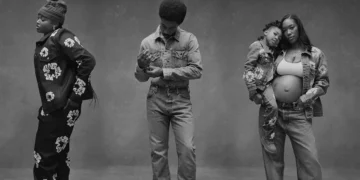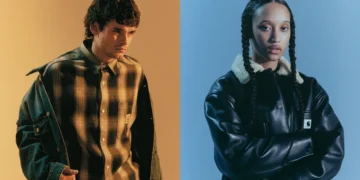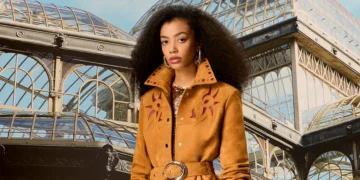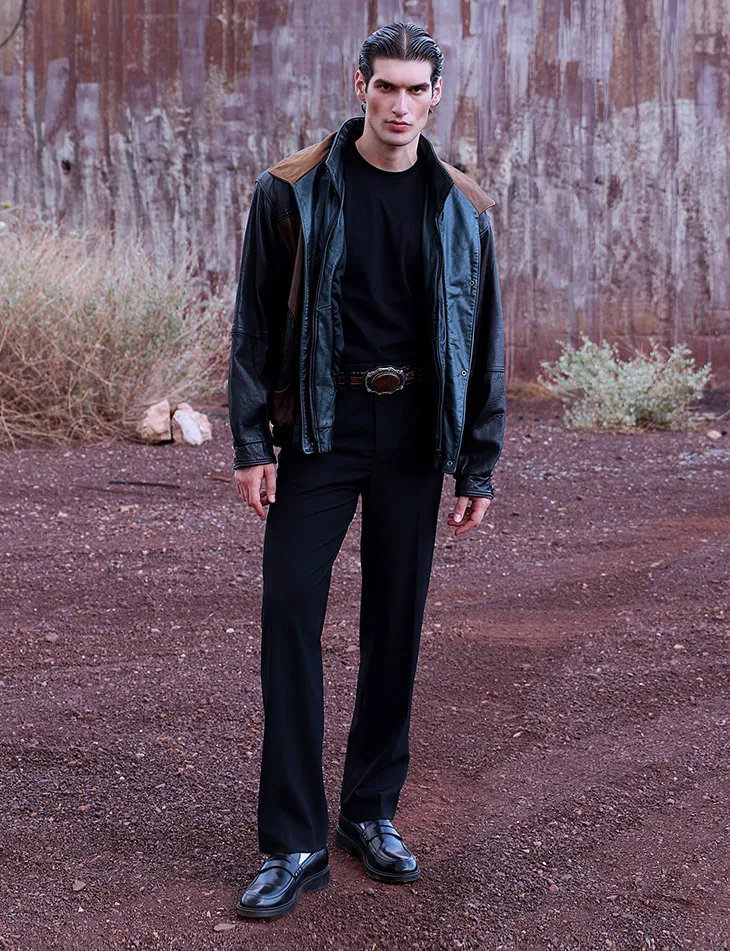
The classic men’s dress trouser remains a foundation of masculine elegance, a garment that continues to evolve with the sartorial needs of the modern man. At its core lies a design language rooted in tailoring, yet each generation reinterprets it for new lifestyles. The anatomy of the trouser reveals how proportion, fabric, and detail transform an established garment into an essential part of today’s wardrobe. What emerges is a piece that adapts fluidly to contemporary life without losing its precision. From considered cuts to modern fabrics, discover what makes a trouser truly timeless.
The Fit: Mastering Proportion and Balance
The foundation of a well-made trouser lies in its fit. A contemporary trouser maintains the tailored elegance of its forebears while incorporating a slightly trimmer and neater silhouette. In the fit of men’s dress pants, proportion is paramount. The ideal trouser strikes a balance between a slim, body-skimming fit and an excessively billowing cut.
Leg length defines the line of the trouser. A subtle break that rests lightly on the shoe provides the sharpest finish. Shorter cuts work for those who prefer a cropped effect, though the most versatile option remains the soft mid-break. At the top, the waist and seat require equal attention, since a trouser that pulls or sags immediately undermines the line. When proportion flows cleanly, the result achieves clarity and ease. Small refinements, like tapering below the knee or adjusting the rise, allow the trouser to feel modern without discarding the principles of tailoring.
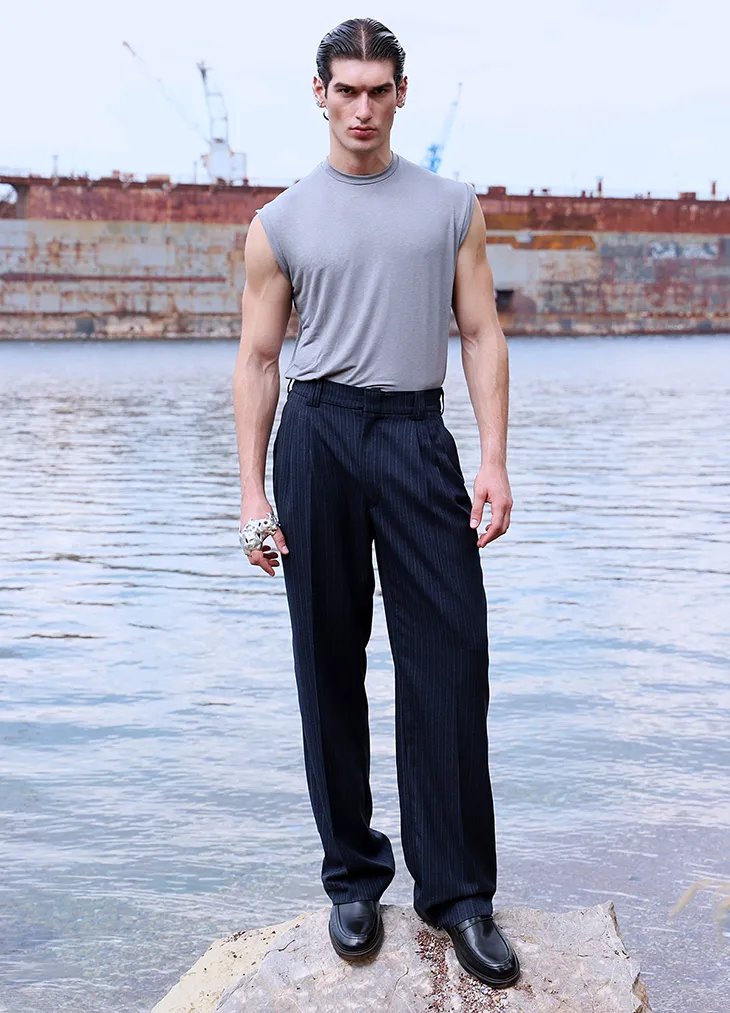
Fabric and Materials: Textures for Today
The right trouser fabric transforms a classic garment into a contemporary favorite. While versatile wool remains a staple, modern trousers showcase a range of refined fabrics that add depth and practicality. Rich cottons, lightweight linens, and technical blends make today’s trousers suitable throughout the year.
In terms of finish, trousers now move beyond uniform matte with textures that create depth and dimension. Subtle sheen, ribbed weaves, and lightweight twills shift the garment’s tone depending on the occasion. Technical innovation introduces stretch fibers that improve movement, while sustainable mills experiment with recycled wool or organic cotton. Fabric choice now communicates purpose, allowing the trouser to transition with ease from professional environments to more relaxed settings.
Details and Accents: Considered Touches
The anatomy of the trouser extends into details that often go unnoticed yet define the garment’s quality. Pocket placement demonstrates this clearly: angled side pockets sit flatter and contribute to a cleaner silhouette, while traditional vertical pockets maintain formality. Buttons carved from corozo nut bring texture and tactility, offering an organic counterpoint to smooth textiles. Even belt loops, often overlooked, influence proportion by controlling where the eye settles on the waistline.
Inside, construction carries equal importance. Split waistbands provide flexibility and improve comfort during movement, while linings in silk or cotton refine the interior finish. Even the seam work and finishing of hems reflect craft that elevates a design from standard to special. These small touches enrich without distraction. A well-crafted trouser succeeds in these details, proving that refinement often lives in elements hidden from immediate view.
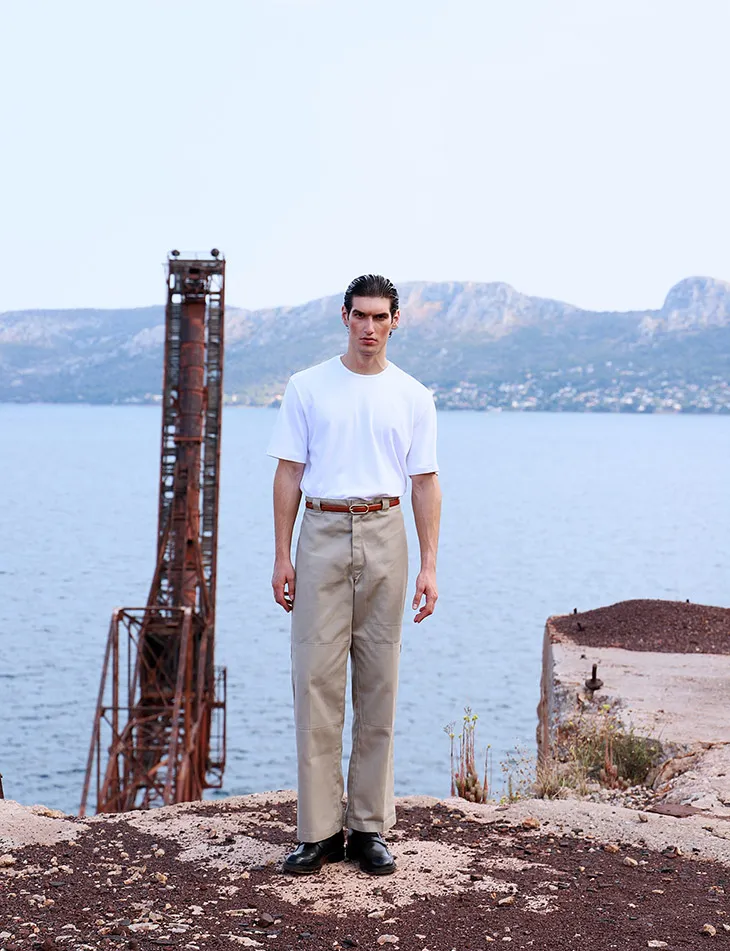
Styling Variations: Pairings and Occasions
While classic suits remain a natural pairing, contemporary trousers thrive when styled beyond traditional formality. They work with textured sport coats, soft knitwear, or sleek leather shoes for settings that require polish. They also hold their own in relaxed combinations, paired with casual shirts, lightweight outerwear, or even minimalist sneakers.
This versatility defines their role in the modern wardrobe. A single pair of trousers can accompany a client meeting, a gallery opening, or a weekend lunch, each time shifting character through styling. Accessories such as belts or scarves further adjust the mood, giving trousers a flexibility that reflects the varied pace of modern life.
Finally, for anyone building a wardrobe today, trousers have become one of the smartest investments. A well-cut pair works with blazers and shirts for formal days, but it also anchors casual looks with knitwear or sneakers. When buying, pay attention to proportion: a gentle taper through the leg keeps the cut modern without dating quickly. Fabrics matter as much as fit, choose lightweight wool for versatility, cotton for ease, or linen for warm seasons. Newer options in recycled fibers or stretch weaves add comfort while keeping shape. The best trousers are the ones you reach for often, because they perform in every setting and still look sharp after repeated wear.
Images from Emiliano by Labros Tyrlis – see full story here.














